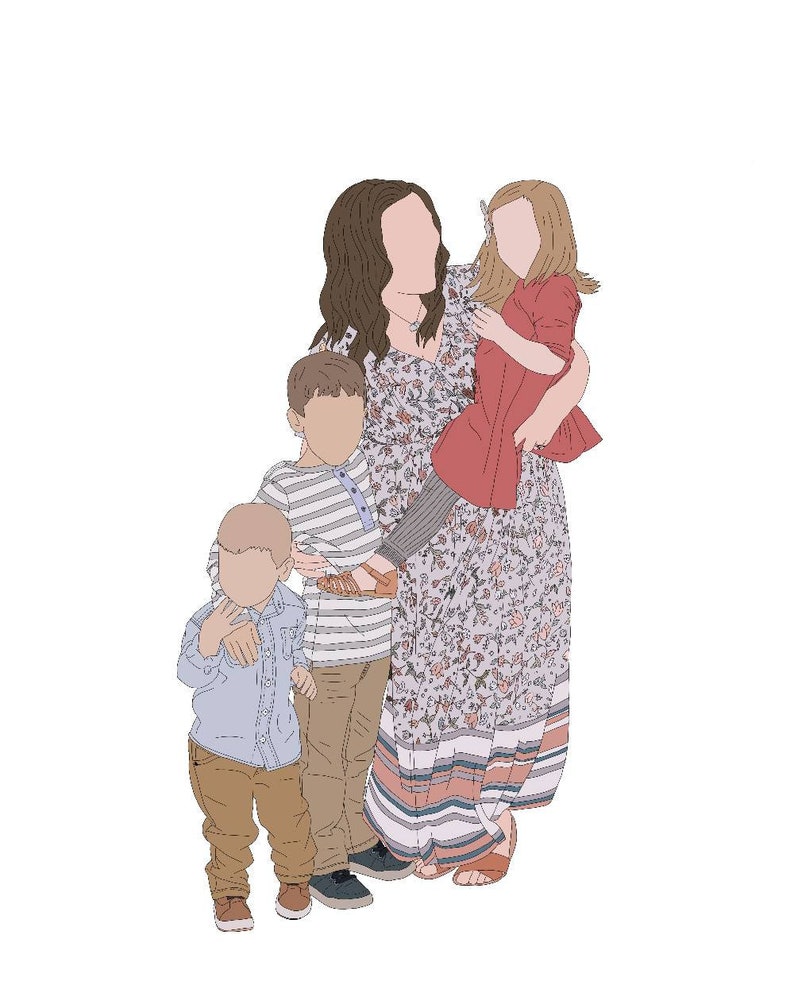

As I cupped this creation made by another, I felt grateful for found treasures that inspire creativity. We carried it with us and thought of favorite stories from favorite childhood books. It was windy that morning, and we knelt beside the fallen nest and wondered what to do with it. Every beginning is an end, and every end a new beginning. © Meredith Winn TELL A STORYĭue to the facelessness of this style of photography, the viewer’s mind is left a blank canvas on which to dream up a storyline equally as captivating. These textures are all complementary when playing with these types of portraits. Anything will do: flowers from the garden, a fallen bird’s nest, the first daffodil of the season, a found feather or even the dirt under the gardener’s fingernails. Use props to help create stories if inspiration is lacking. Then next time you shoot, try framing this composition in-camera to make new images that don’t require cropping after the fact. Crop and zoom in postprocessing to get comfortable with this new perspective. If you’re having trouble seeing the composition or if cropping heads off bodies doesn’t come naturally to you, practice cropping your photos to create faceless portraits after you’ve captured the image. This might result in photos of your subject with his head tilted back in laughter, the perfectly placed dimple, how a skirt falls just above the knee, the hands she inherited from her mother or the way he chews his pencil when he’s lost in thought. Notice the things you love about people or the things your family loves about you. When location or subject needs more focus, the details of your subject can be bits and pieces: the muddy knees of a young girl, the Band-Aid on the ankle of a child or hands holding flowers. When you create a faceless portrait, you invite viewers to step into your images. You’ll be helping the mind find memories when attention to detail is given to location. Not only does a blue wall make an interesting backdrop, but including the small detail of an outlet cover on a wall socket will tell a story that the viewer immediately knows: This is a house of toddlers. Details of place will conjure a backstory to your image and provide a voice to the subject. Include your environment to set the scene. Lovers on the dock just before they leap allowing room for water and sky provides a background for the people in this visual story. If the scenery allows, I don’t zoom in close because I like my environment in the frame to help complete the story. © Meredith Winn GIVE ME SPACEĬomposition rules location. It might be tenderness or strength, light or dark it can be created without a face, and it speaks to all of us. I really strive to show the emotion of our humanness, something universal that connects us all as human beings. It’s what catches your eye in a photo: the relationship between two humans, the gentleness of hands cupping nature. I find that it anchors memory to emotion and then acts as the trigger to keep the viewer lingering while looking at photographs. Often, my inspiration for creating this type of portrait is to remember a specific thing from a moment. I’m finding that it somehow carries me through the harder times. These days, I’m being mindful of letting my photos gather up the breeze of lightness and love. Images can act as breadcrumbs, the trail of clues to lead you back to a place of peace. I allow my photography to remind me of how I’m feeling in the moment. Small things, yes, like a barefoot garden exploration or the chipped nail polish of a toddler learning about growth. I attempt to document these pockets of joy within life’s reality. Images that reveal the lightness are my passion. I want to remember being joyful, and photography helps me do that. When we can see ourselves in someone else’s photograph, we’re drawn to feel the emotion of an image. These types of faceless portraits rank among my favorite because they connect the viewer with photographer as they create short stories from imagery. These are the details that anchor story to image-the relationship between two humans and the way their hands clasp, the femininity found in fabric or how the wind catches a hemline at 7 p.m.

It lures you in with bits and pieces that make up the whole. There’s a story behind every faceless portrait.


 0 kommentar(er)
0 kommentar(er)
